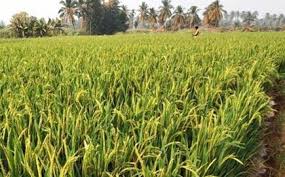
Scientists and students from Wadia Institute of Himalayan Geology (WIHG) studied rivers in Ladakh Himalaya, bringing out 35 thousand-year history of river erosion and identified hotspots of erosion and wide valleys that act a buffer zones.
The study showed the operation of rivers in drier Ladakh Himalaya in longer time scales and the response of Ladakh Himalaya to varying climates.
As per the study, Ladakh Himalaya forms a high altitude desert between Greater Himalayan ranges and Karakoram Ranges.
The scientists also got the idea of water and sediment routing, which is crucial as the country gears up its infrastructure and develops smart cities.
The scientists traced the rivers draining Himalaya and its foreland erode the most and identify the zones that receive these eroded sediments and fill up.
It was found that most sediments were derived from Higher Himalayan crystalline that lies in the headwater region of Zanskar. The dominant factors responsible for sediment erosion were deglaciation and Indian Summer Monsoon derived precipitation in the headwaters despite the presence of a geomorphic barrier between the upper and lower catchments of the river, and it remained connected throughout its aggradation history.
This study will help to understand river-borne erosion and sedimentation, which are the main drivers that make large riverine plains, terraces, and deltas that eventually become the cradle to evolving civilizations.





